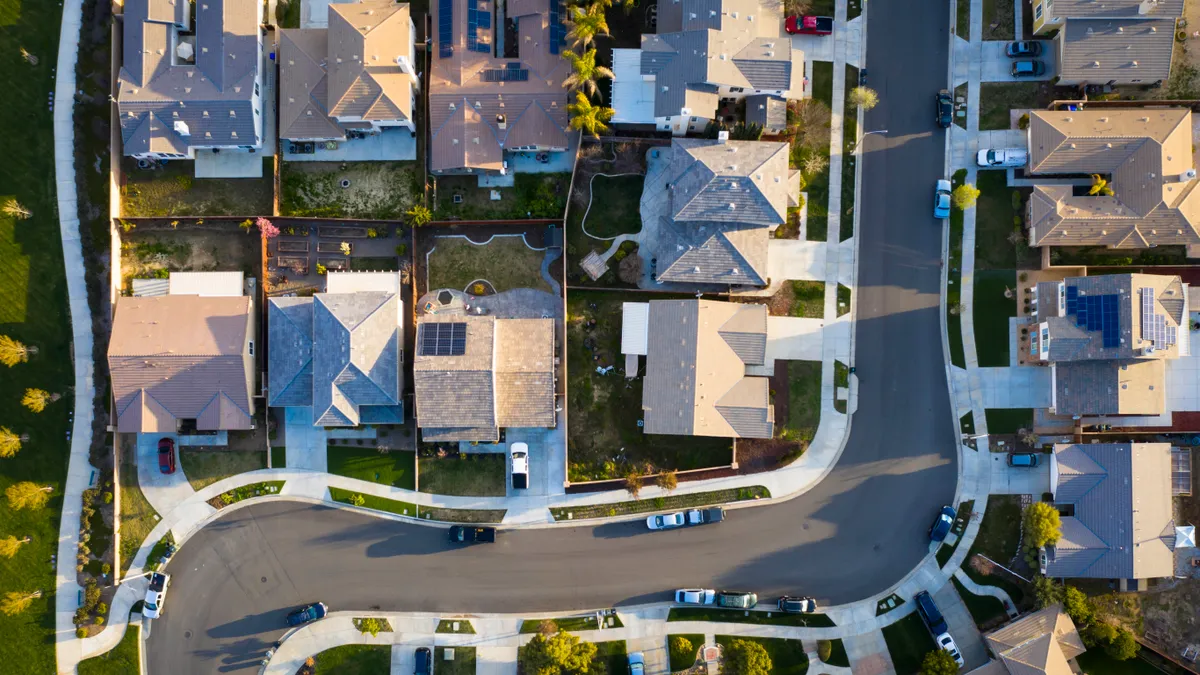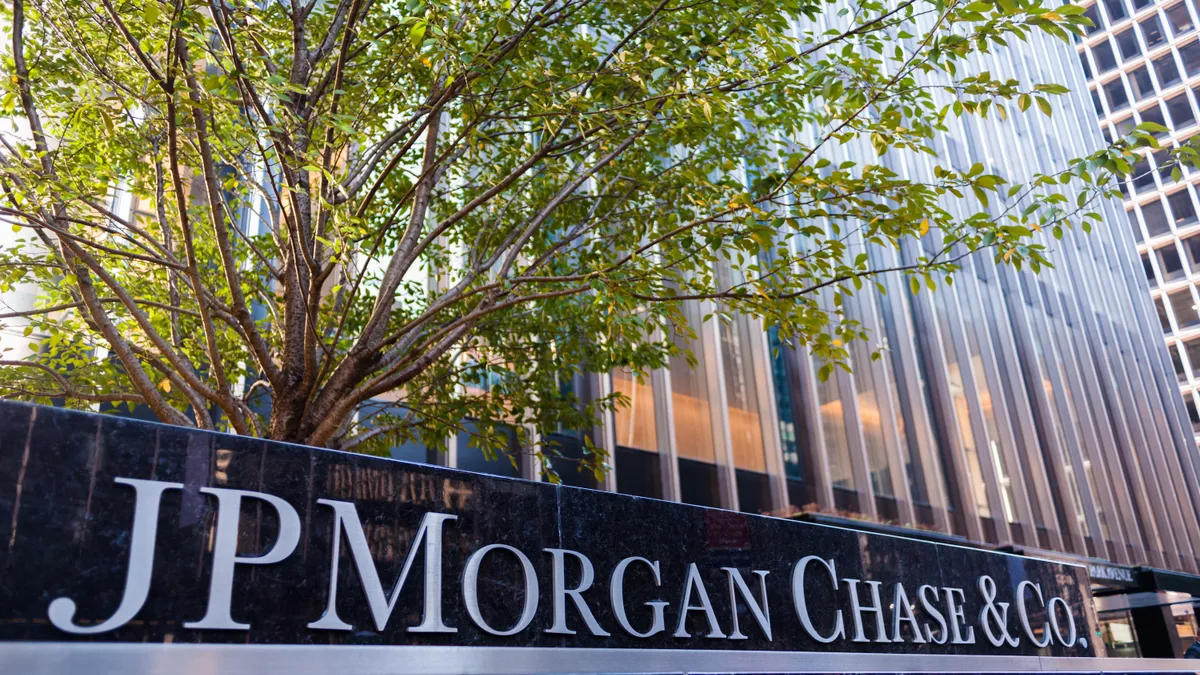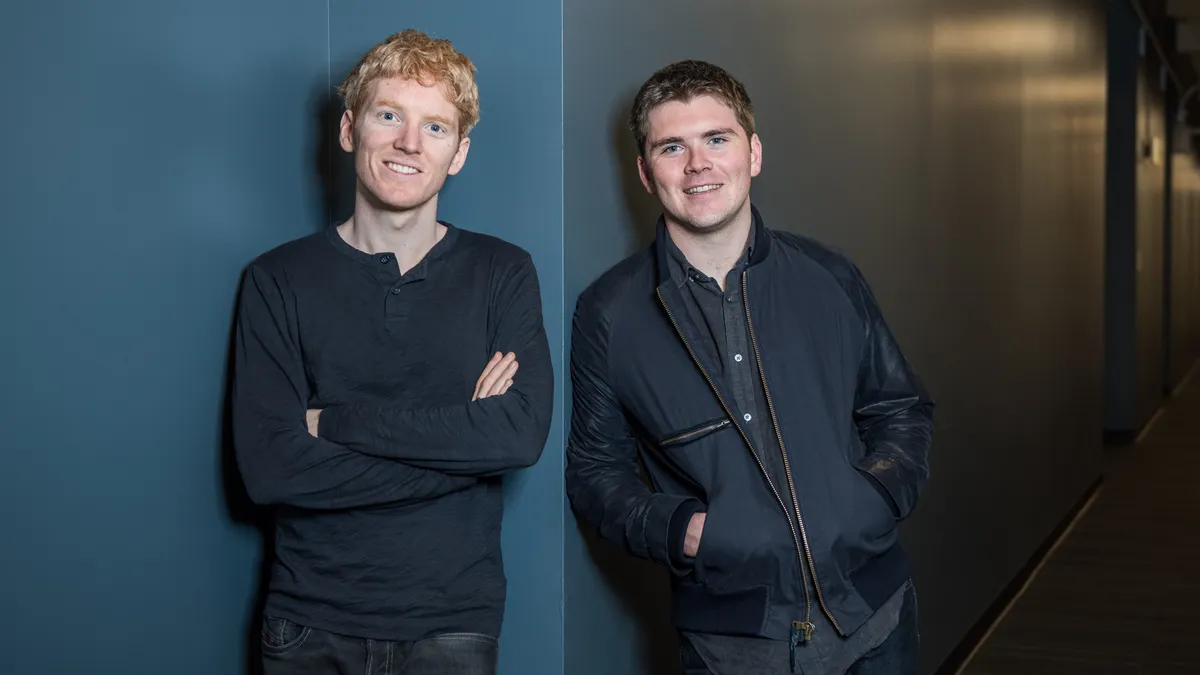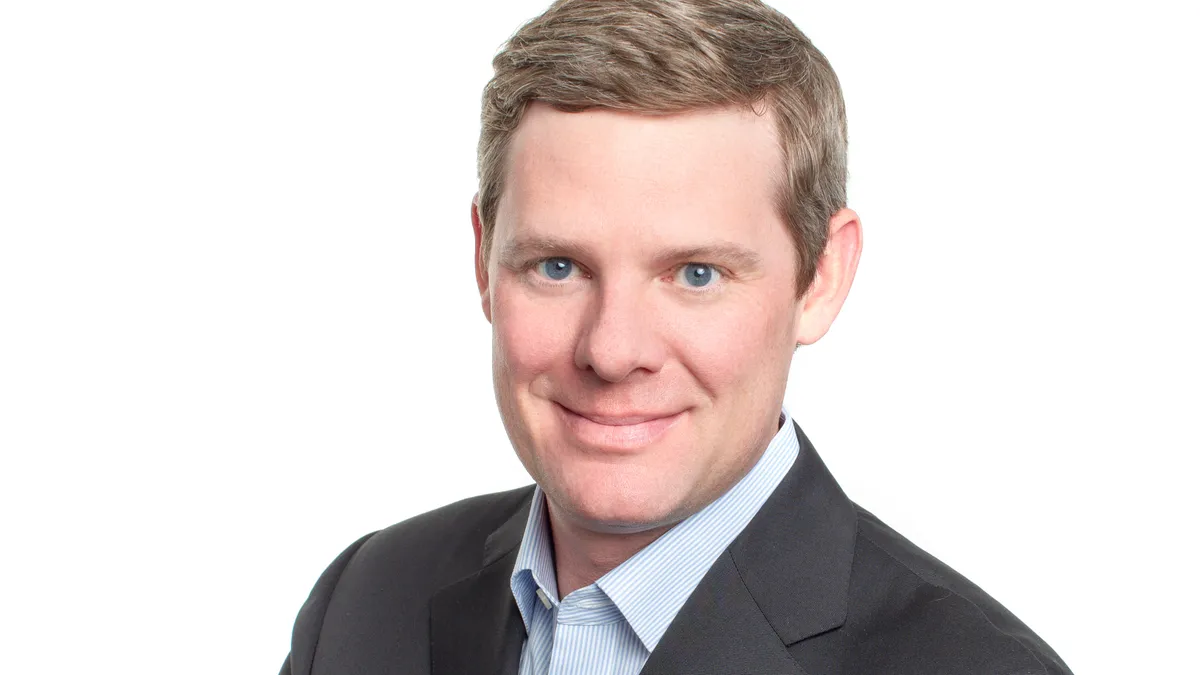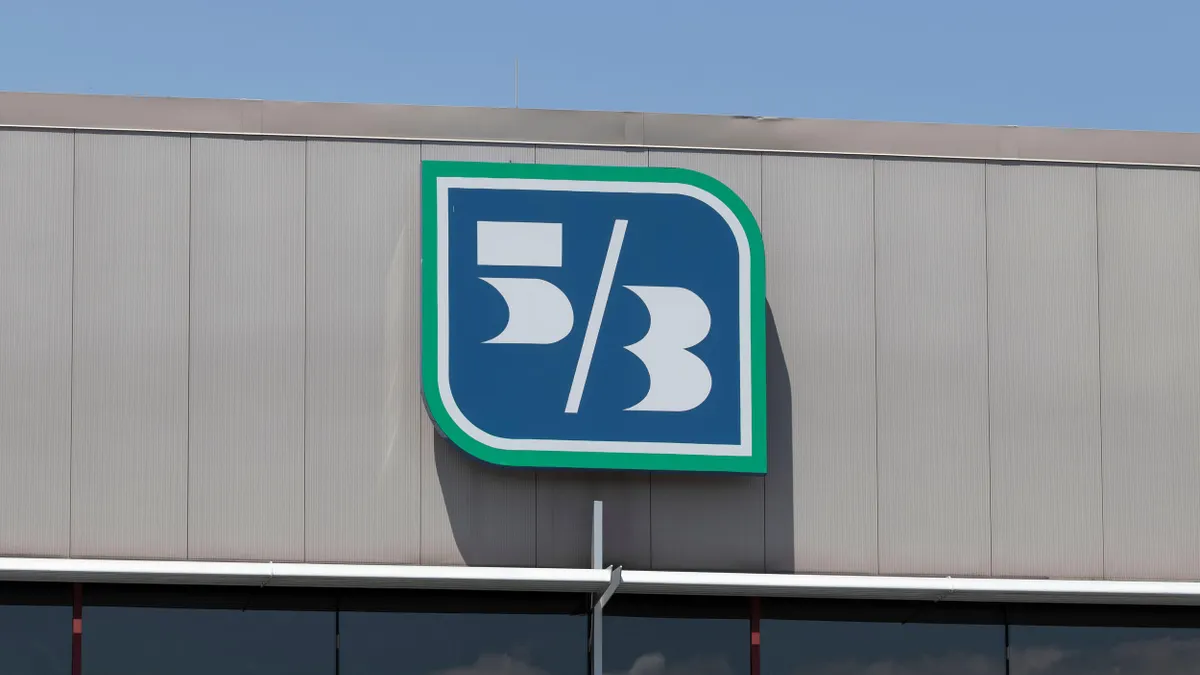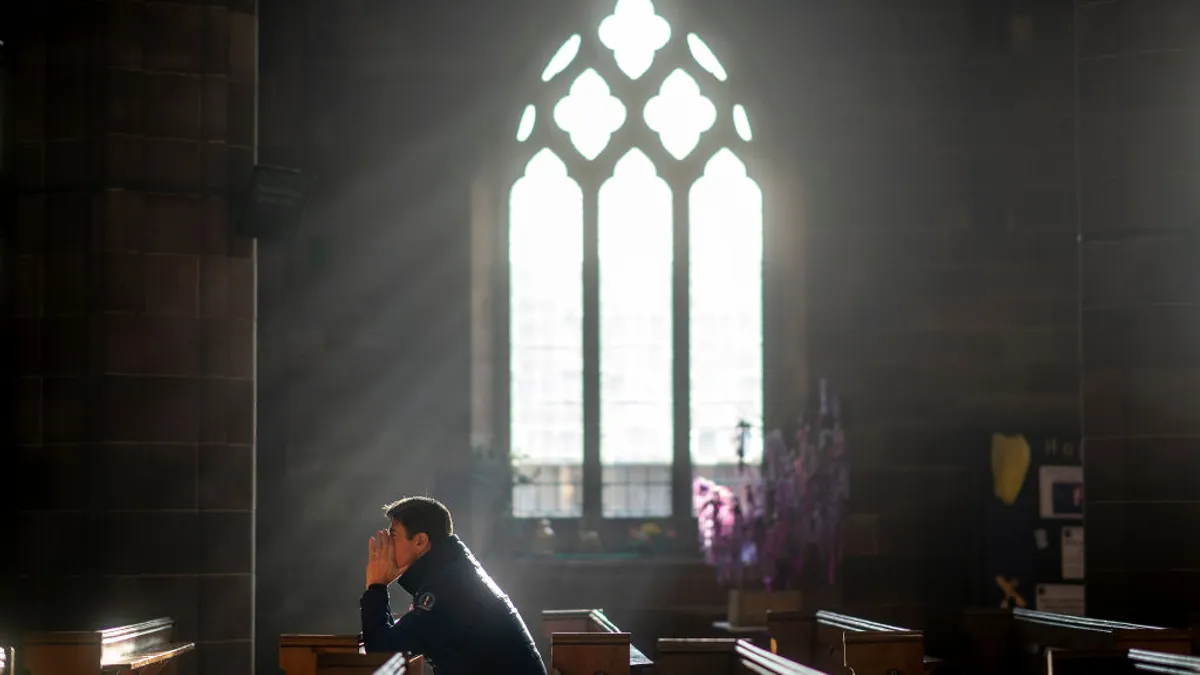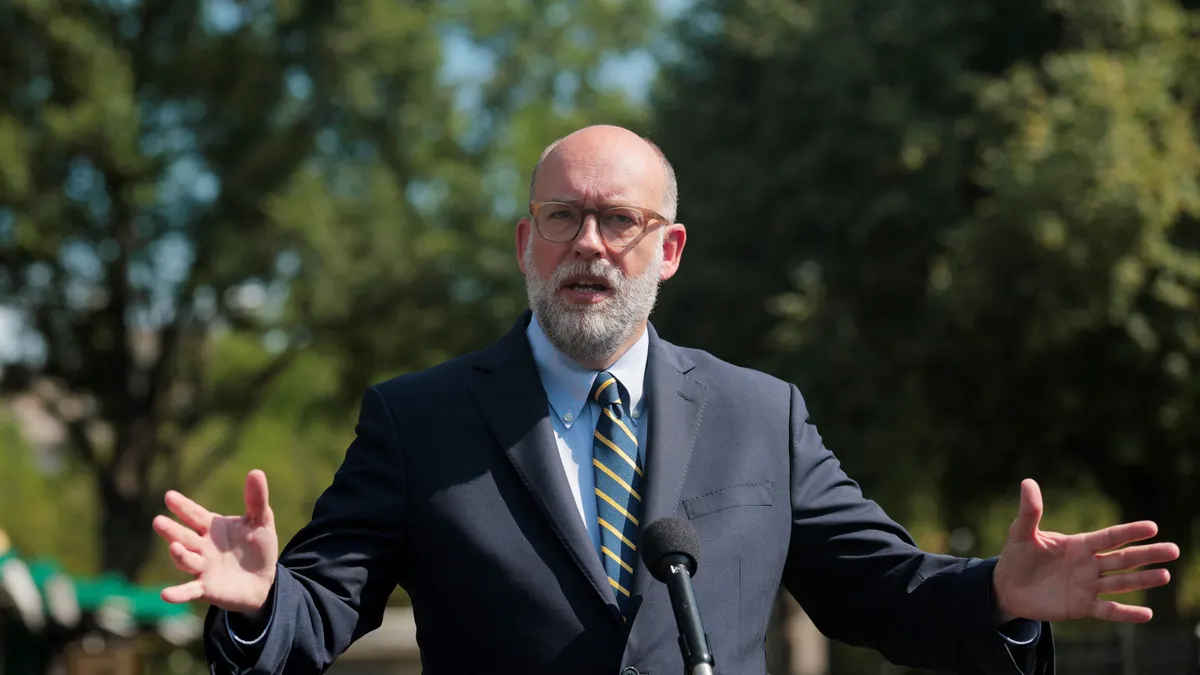The Federal Reserve’s point person for bank supervision, Michael Barr, made his first public comments Wednesday since his July swearing-in, and while they were largely light on details, they may provide a template for his priorities. Here are 10 issues he raised during his speech at the Brookings Institution, potential timelines for actions and key thoughts:
1. Merger review.
Ever since President Joe Biden demanded “more robust scrutiny” of bank mergers in a July 2021 executive order, both the Fed and the Office of the Comptroller of the Currency (OCC) have shown a renewed commitment to the transparency of the process — most visibly, holding public hearings on the largest or most controversial proposed tie-ups in the sphere.
Barr on Wednesday said he would look at the Fed’s approach to reviewing proposed acquisitions — working with central bank staff to assess how the Fed analyzes potential mergers, with the aim to find areas of improvement.
Key quote: “A merged institution may be able to provide more competitive products and services, but it could also have the potential to reduce competition and access to financial services in a geographic area by raising prices, narrowing the range of services offered, and reducing the supply of small-business or community development loans that rely on local knowledge.”
Assessing those risks, he said, is crucial. But regulators must also consider threats to financial stability, and a transaction’s potential influence on the “convenience and needs” of the low-income communities.
2. Climate change.
The Fed plans to launch a “scenario analysis exercise” next year to better assess the long-term, climate-related financial risks the largest banks face, Barr said Wednesday.
The central bank aims to work with the OCC and Federal Deposit Insurance Corp. (FDIC) “in the near term,” Barr said, to give large banks guidance “on how we expect them to identify, measure, monitor and manage” climate-related financial risks.
Key quote: “The Federal Reserve's mandate in this area is important but narrow.”
This may serve as reassurance, particularly to Republican lawmakers who, during confirmation hearings this year for Barr, Fed Vice Chair Lael Brainard and former nominee Sarah Bloom Raskin, vociferously raised concerns about the potential for Fed overreach on climate policy.
Raskin ultimately withdrew her nomination when Sen. Joe Manchin, D-WV, said he couldn’t support Raskin because of what her stance on climate meant to his home state, a leading coal producer. Sen. Pat Toomey, R-PA, had earlier held up the nomination process by leading a boycott of Raskin that alternately pointed to climate concerns and allegations of impropriety.
3. Crypto.
The Fed plans to coordinate with other agencies to ensure crypto activity inside banks is “well regulated, based on the principle of same risk, same activity, same regulation, regardless of the technology” the platform uses.
To a degree, Barr’s comment here parrots the “same activity, same regulation” adage Fed Chair Jerome Powell has used in describing the central bank’s efforts regarding a digital dollar. Namely, activities regulated in the banking system should be subject to the same rules if they move outside banking regulators’ purview.
Key quote: “As innovative financial products develop and grow rapidly, excitement can outrun the proper assessment of risk.”
The central bank ultimately wants oversight that ensures crypto sphere participants are fully aware of those risks, and that banks have “appropriate measures” in place to manage them, including those related to money laundering.
“In a rapidly rising and volatile market, participants may come to believe that they understand new products only to learn that they don't, and then suffer significant losses,” Barr said.
4. Stablecoins.
Barr said he looks forward to working with lawmakers and other regulators to address stablecoins’ risks, adding Congress “should work expeditiously” to pass measures to bring stablecoins within the “prudential regulatory perimeter.”
Key quote: “History shows that in the absence of appropriate regulation, private money is subject to destabilizing runs, financial instability and the potential for widespread economic harm.”
5. FedNow.
Barr reiterated the Fed’s commitment toward facilitating “payments that work well for everyone,” adding he looks forward to “doing whatever I can to support this work,” including the launch of FedNow, the central bank’s nascent instant-payments program set for testing this month and wider availability in mid-2023.
Key quote: “Low-income households can ill afford to wait days for their income checks to clear, nor can small businesses. A three-day payment delay is an annoyance to someone with savings and ample credit, but it is a costly burden, and sometimes a serious problem for others.”
Barr couched FedNow as an innovation with the potential to make financial access fairer, saying policy should be based on “a deeper understanding of human decision-making” — e.g., how and why consumers use certain financial vehicles. Barr also noted concern for the impact of overdraft and insufficient funds fees on lower-income consumers.
6. CRA.
In another nod to low-income consumers, Barr threw his support behind the proposal the Fed, OCC and FDIC issued this year to revamp the anti-redlining Community Reinvestment Act (CRA).
Safety and fairness in the financial system “are related and mutually reinforcing, so that progress in one area will advance efforts in the other,” Barr said.
Key quote: “The CRA sends the unequivocal message that there is no place for discrimination in the financial system.”
7. Tiered capital requirements.
Financial institutions should face “higher costs through more stringent regulations as they grow in complexity, size and interconnectedness,” Barr said, adding that community banks, by the same measure, should face “simpler regulations.”
Key quote: “When calibrating requirements, we will work to minimize unintended consequences, limit opportunities for gaming, and avoid excess compliance costs that do not result in risk reduction.”
That means potential adjustments to the supplementary leverage ratio, countercyclical capital buffer and stress tests.
Barr pledged to align Fed standards with those from the “Basel endgame,” and said he plans to work with other regulators and solicit public opinion on the matter this fall.
8. An aside on stress tests.
“Stress tests need to continue to evolve,” Barr said, according to The Wall Street Journal, in a comment that wasn’t included in his prepared remarks.
Key quote: “They’re supposed to be stressful,” he said, according to the newspaper. “They’re supposed to be tough. And I want to make sure that they are that way.”
As Barr’s climate-related comments may be seen to appease Republicans, his stance here may placate Democrats who asserted Barr’s predecessor, Randal Quarles, helmed policy that defanged stress tests.
9. Living wills.
Barr said the Fed will continue to work with the FDIC — and seek comment — in “rigorously” reviewing banks' plans to be resolved in the event of failure “without a costly bailout.”
Key quote: “Beyond globally systemically important banks … we will be looking at the resolvability of some of the other largest banks as they grow and as their significance in the financial system increases.”
Translation: The Fed will be looking at the living wills of large regional banks such as U.S. Bank, Truist and PNC.
10. Inflation.
While not a part of Barr’s prepared remarks, the Fed’s fight against inflation surfaced in questions later.
“We’re not close to the Federal Reserve’s target for inflation,” Barr said Wednesday, according to The New York Times.
Recent reports have given “conflicting” signals about the health of the economy, Barr said, adding that incoming economic data would inform the central bank’s near-term policy decisions.
Allowing inflation to remain too high was riskier than being overly proactive in trying to contain rising prices, he added.
Key quote: “I think the balance of risks are on the side of making sure we keep at our commitment to fight inflation.”








